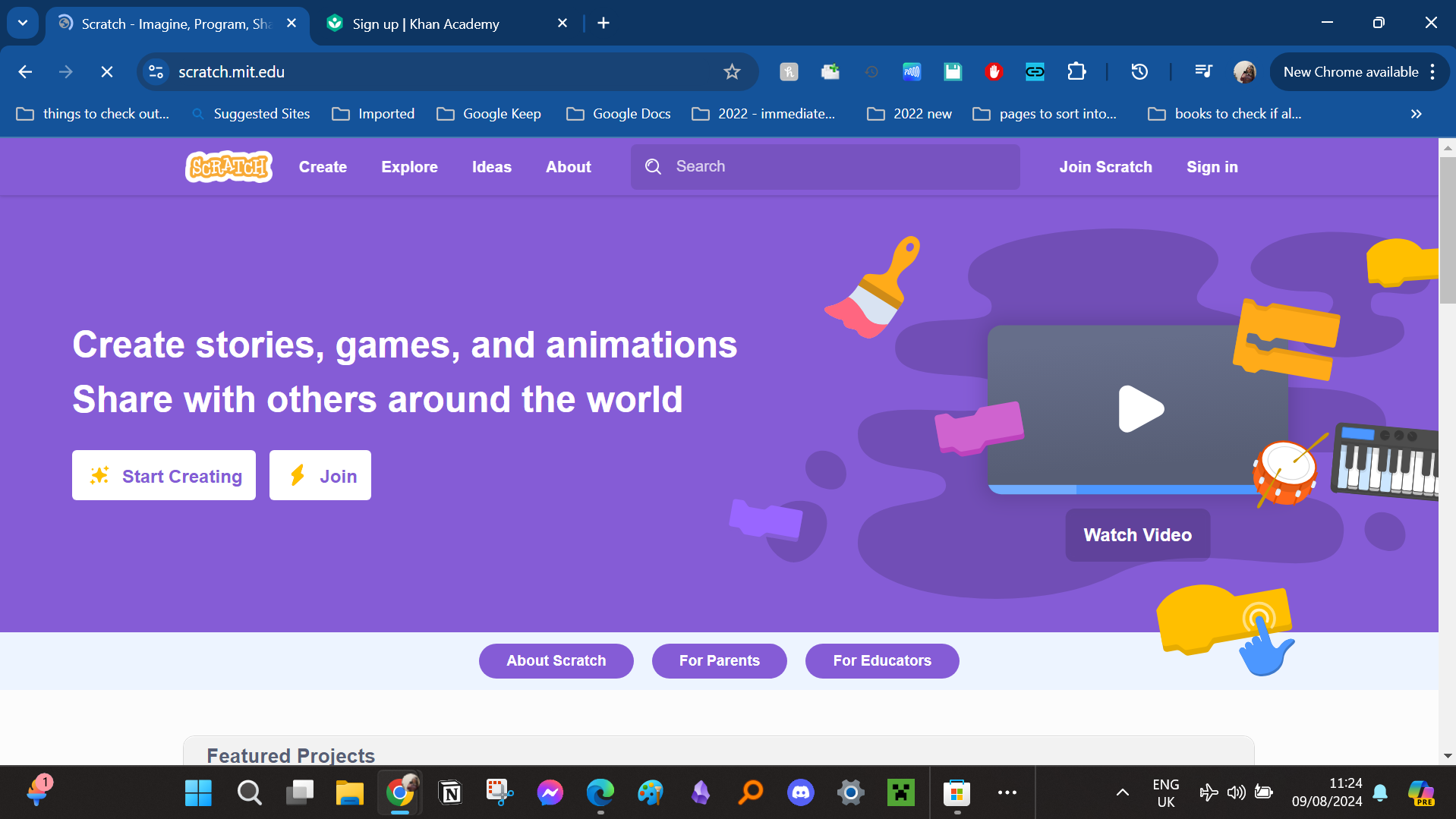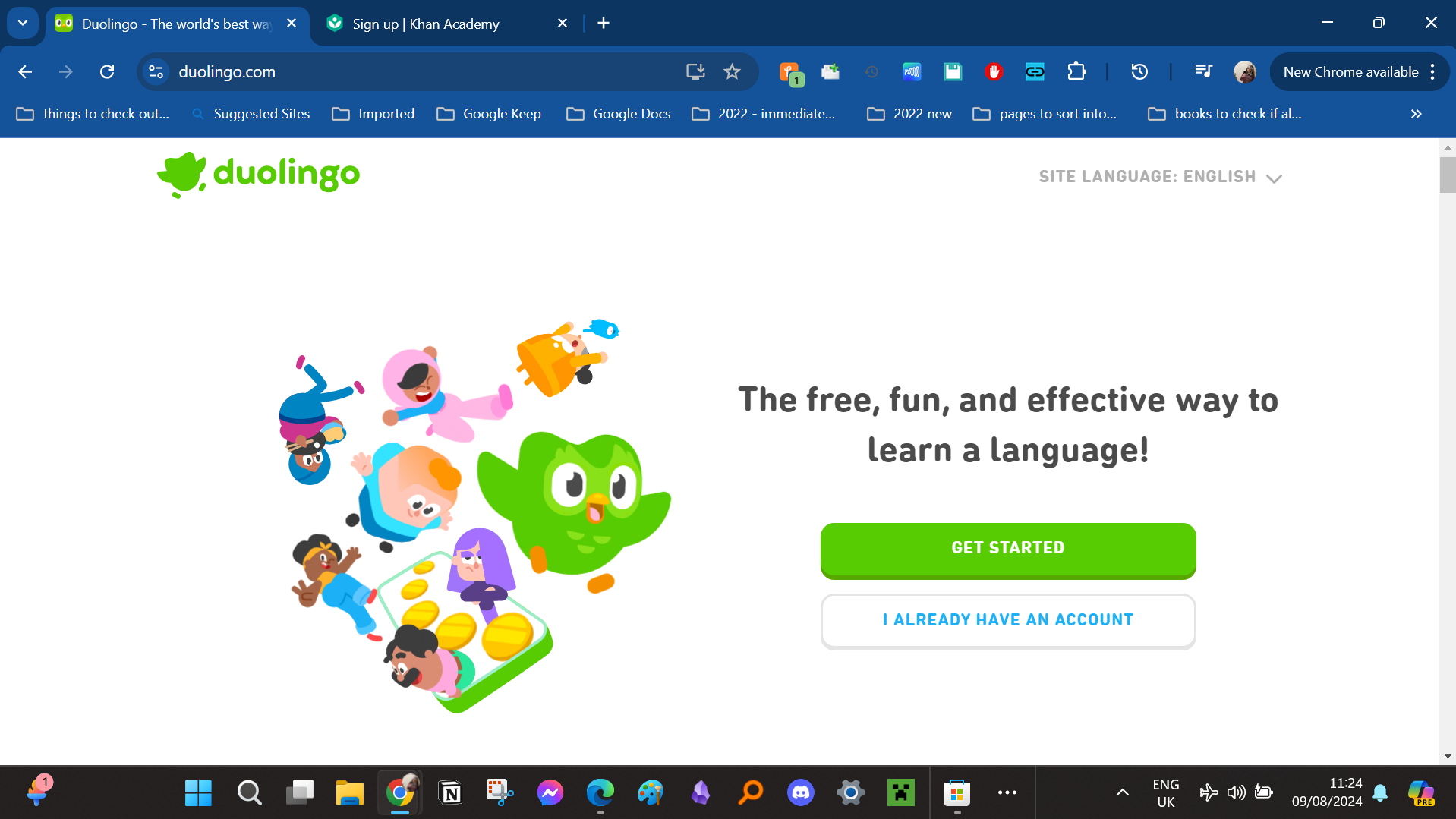Computers are now as commonplace in schools as calculators these days, but unlike calculators, they offer many additional ways to support your child’s learning. The problem can be knowing which ones are worthy of your attention in the sea of digital apps and services. Here, I seek to help you parse which ones might actually help you and your kids, and which are optimized for laptops and desktops.
Many apps are optimized for mobile these days, as many of us – children and parents included – spend a great deal of time on our phones. But sometimes, you need a larger screen and a user interface that offers more functionality, and PCs still very much have their place in everyday life, so that’s why I’ve narrowed my criteria to this. Desktop devices can be more immersive and less distracting than phones, and could be preferable for schoolwork for that reason.
Also, this is by no means a comprehensive list. There is a whole world of apps that can help you and your child organize their assignments, create study schedules, access educational resources, and collaborate with their fellow pupils and teachers (even if they’re not physically at school). This is just a brief selection you can familiarize yourself with to get a grasp on the kind of tools being used in schools these days and use at home with your own children.
Khan Academy
Table of Contents
Khan Academy is an exceptional online learning platform that you’ll find endless praise for online, and it offers many high-quality courses across a wide range of subjects for many levels of learning. I’m talking from preschool extending all the way into graduate-school-level topics – you can support your child’s learning at all of these stages (and beyond). It offers an extensive library of engaging video lessons, interactive practice exercises, and even in-app progress tracking.
Khan Academy is free to use and has been for a long time, and you can start using it today. Start by visiting the Khan Academy website and creating an account using an email or by linking to a Google or Facebook account. Once you create an account, you’ll be able to set up a learning profile for yourself or your child and tailor the available content to their (or your) age and level.
Scratch

Scratch is an innovative web platform developed by MIT intended to introduce children to the world of programming through a fun, colorful, and interactive interface. Aimed at children eight and up (although you could introduce it to younger children at your discretion), it enables children to create their own interactive stories, games, and animations using a block-based coding system – think LEGO blocks, but for coding. Scratch also has an online community your child can join (again, exercise your discretion), but here they can share their creations, try collaborating with others, and check out creations by other Scratch users around the world.
You can start using Scratch by visiting its website and creating an account, which will allow you to save and share projects. Then, you can dig into Scratch’s wealth of resources which include tutorials and sample projects to guide you (or your child) through the process of learning coding. I can continue singing Scratch’s praises, but I think you’ll really see its merit if you check it out for yourself.
Duolingo

For many people, Duolingo conjures the image of an insistent green owl intently watching you at a distance while sharpening an axe, but if you’re not familiar with it, it’s a language learning platform that’s most widely known for its mobile app. That said, Duolingo’s desktop version offers a comprehensive and engaging language learning experience. It caters to a wide range of language learners, starting with the very beginning, and there are courses in over 30 languages. It offers a gamified approach to language learning, and I think when it’s paired with actual live language classes, it can be a really powerful tool in your arsenal.
To start using Duolingo on your PC, visit Duolingo’s website and create an account by clicking the “Get started” button. You’ll then be able to sign up using an email address or by connecting via a Google or Facebook account. Then, you can pick the first language you’d like to learn with Duolingo and take a placement test to help determine where you should start. An account will enable you to track your progress and have the opportunity to hit daily goals to stay motivated.
Final thoughts
My selection is a general introduction to some apps that many people consider effective for parents and kids to help with schoolwork. Children come in a range of ages and temperaments and so many other things, and that’s where you as a parent should decide if this app sounds like it’s of interest to you. Even if none of my suggestions sound right to you, I’d encourage you to explore what educational digital tools are out there, because there are a lot!
If you have a firm grasp on the apps above, I’d say you’re pretty solidly positioned to help your child learn using modern digital tools, and you’ll be able to do that with many other digital tools. As you explore and understand these various digital platforms, think about which of these might be right for your child’s interests and learning style. And, of course, don’t hesitate to go beyond this list.

























